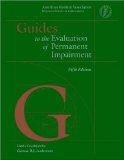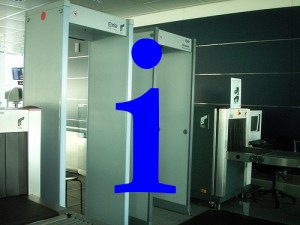How has Almaraz/Guzman changed workers’ compensation?

Clearly, Almaraz/Guzman has been a boon to the U.S. Postal Service. I’ve been receiving Almaraz/Guzman letters from Applicant attorneys on my files ever since the en banc decision came out. These letters typically fall into one of three categories:
- Increased demands for settlement
- Demands for additional discovery per Almaraz/Guzman
- Letters to the PQME/AME requesting their opinions on impairment outside the AMA Guidelines to the Evaluation of Permanent Impairment, Fifth Edition
I’ve also heard of some doctors completely abandoning the AMA Guidelines to the Evaluation of Permanent Impairment, Fifth Edition, in favor of just analogizing impairment. This is not what was intended by the en banc panel in WCAB in Almaraz/Guzman.
Here’s what Almaraz/Guzman means for workers’ compensation practitioners:
- It doesn’t mean you ignore the AMA Guidelines 5th Edition
- It doesn’t mean you ignore the 2005 Permanent Disability Rating Schedule
- You don’t apply the 1997 Permanent Disability Rating Schedule
- The evaluator may analogize impairments not addressed by the AMA Guides
- Before a doctor may analogize impairments, they must first assign impairment under the AMA Guides
So, remember:
- Whether you agree with the AMA Guides or the 2005 PDRS they’re still the law of the land and must be addressed.
- Whether you agree with Almaraz/Guzman, it’s still good law and must be addressed.
- Almaraz/Guzman does not absolve a doctor from the responsibility to generate a medical report which addresses the AMA Guides and constitutes substantial medical evidence.



